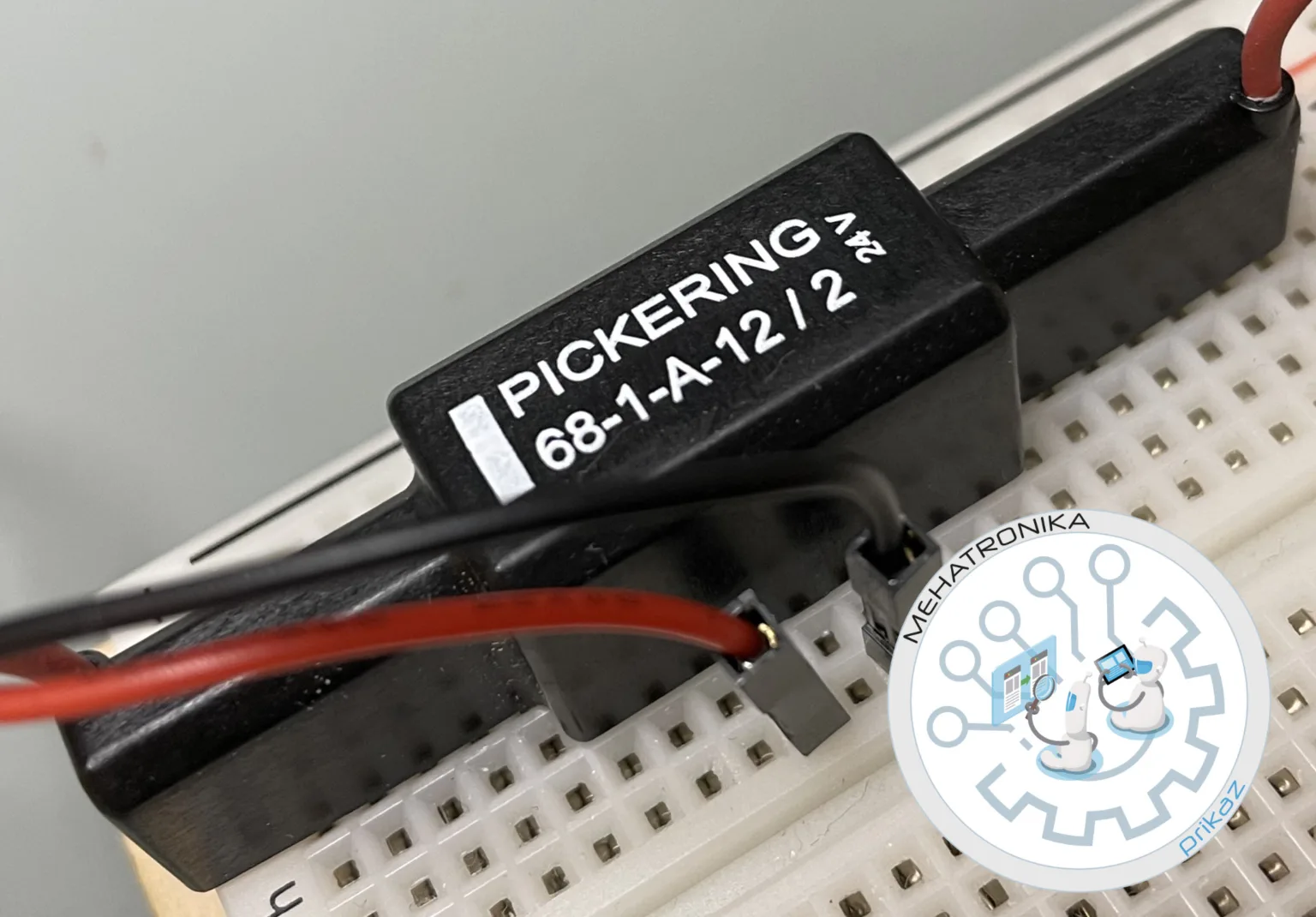Introduction
Pickering 68 series of reed relays have an impressive data-sheet. Distinguished by their flying lead design and their impressive 50 W power rating (but not quite as impressive as the company’s own 67 series’ 200 W one).
High switching voltages of up to 7.5 kV and even higher standoff ones of up to 10 kV further complement the impressive specs list which can be found on the manufacturer’s website.
Benchmarks
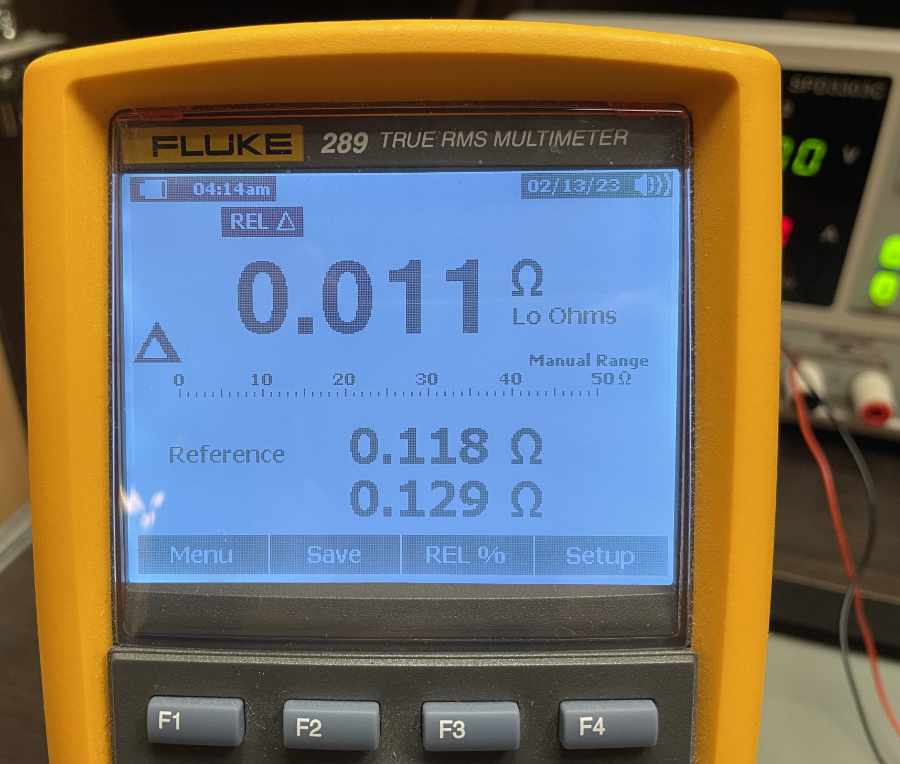
We’re interested in testing the real-world performance of our sample series 68 relay. We began this by checking the internal contacts’ resistance. This figure was reported as 0.011 ohms by our Fluke 289 when testing a factory-fresh relay. Coil resistance is a big factor in determining end-of-life for a relay. Pickering themselves consider anything above 1 ohm to be faulty. Each little spark during a switch cycle causes minuscule amounts of corrosion to form on the read contacts, inevitably increasing the contact resistance by a little. We’re not concerned about longevity here, however, as the measured figure is quite good – and is around ten times better than the manufacturer specified worst-case value.
Our relay came with a 12 V coil, which according to the data-sheet must operate at 9 volts and must release at a minimum of 1.2 volts. In our tests, we got 6.55 V as the lowest voltage to initiate a contact which would keep open until a drop of below 3.8 V. This yet again significantly outperforms the specifications set forth by the manufacturer.
An always interesting metric is the bounce time of a relay. While the initial contact usually happens instantaneously after power is applied to the coil, the reeds physically “bounce” again each other, sparking and delaying the true switching time by a number of microseconds. This phase of the switching cycle is the most damaging one due to the series of rapid microsecond-long electrical discharges.
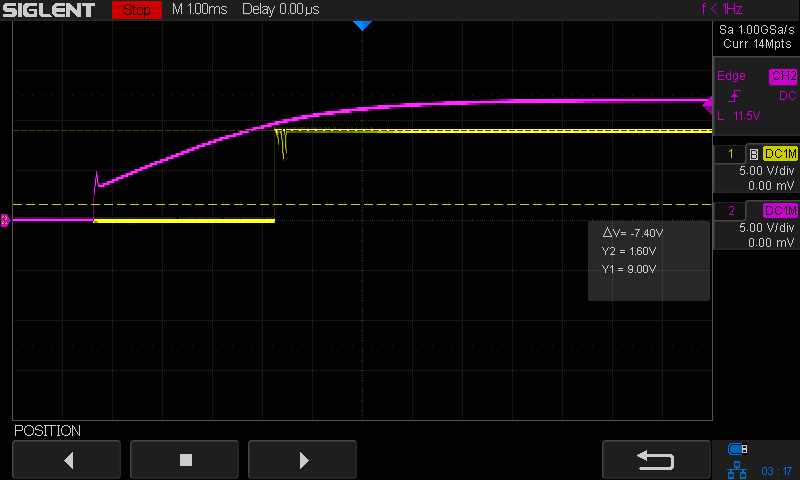
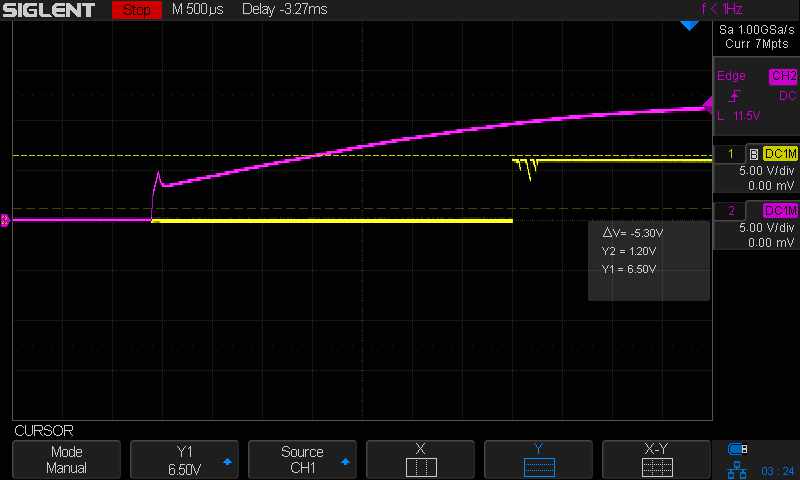
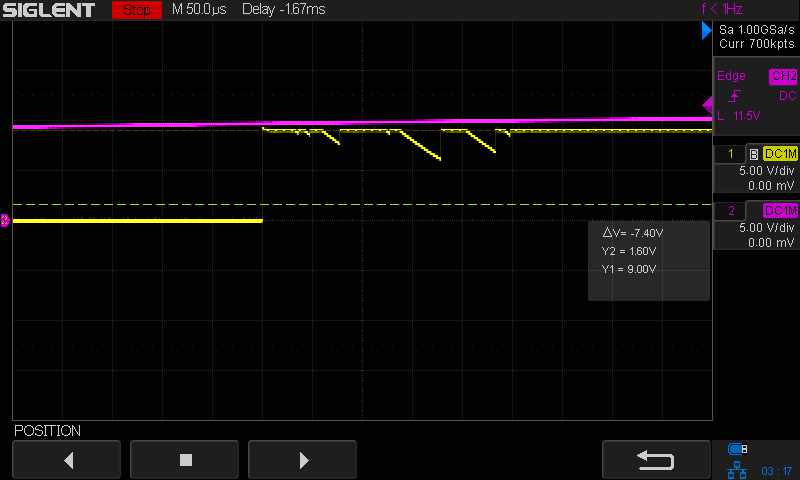
Our oscilloscope screenshots demonstrate this bounce in action, both during cold switching and during the control of a modest load (9V/0.2A). Current flow through the contacts exacerbates bounce, making it noticeably longer, but still giving results which are covered by the spec-sheet.
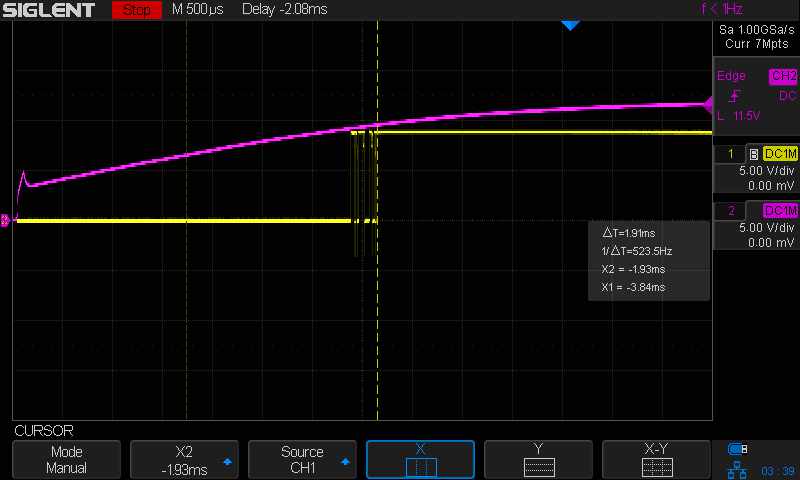
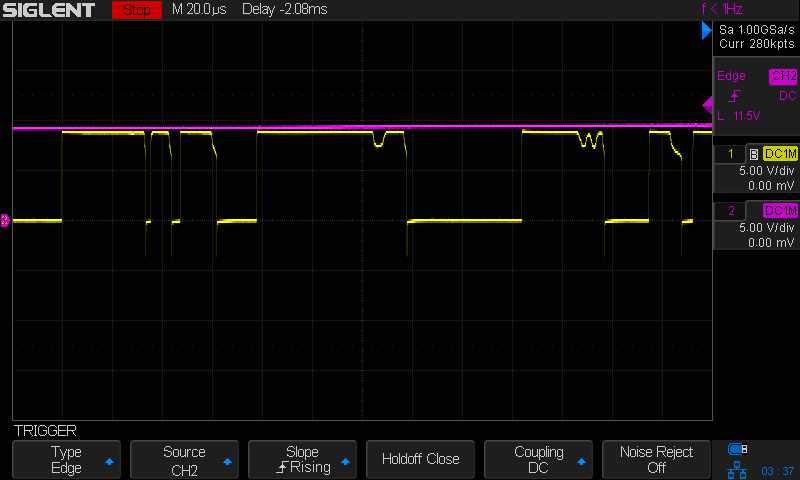
Release times were also perfectly in-spec, as seen by the photos below. Keep our measured must-operate and must-release values in mind when reading all oscilloscope charts for most precise data interpretation.
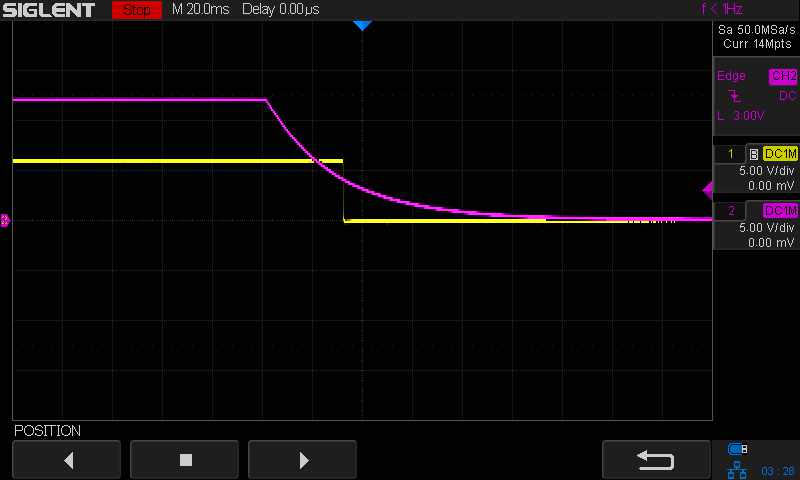
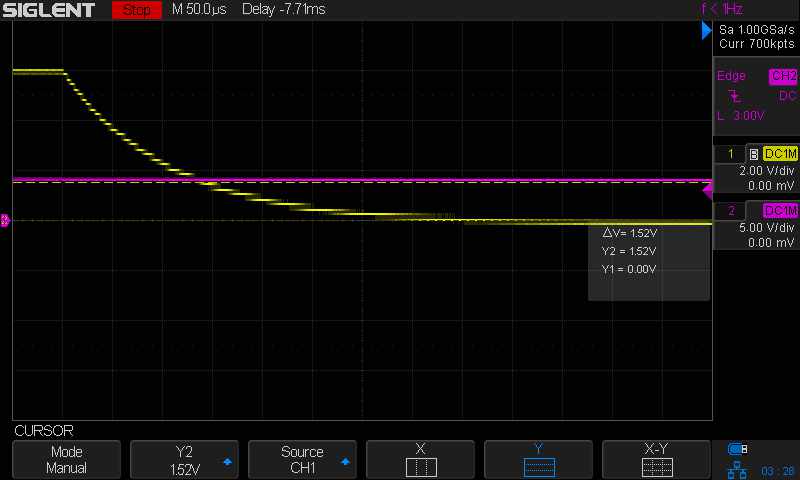
While we didn’t test breakdown voltages and other high-voltage specs, we have no reason to believe they aren’t correct. In our tests, the switch was also exceptionally quiet, making almost no noise when engaging and a faintly audible (mostly tactile, actually) click. We’d also like to note the brilliant casing design which allows for a very high packing density on a breadboard or PCB. Impressive for such high-voltage components.
Conclusion
Overall, the Series 68 relays are reliable, powerful and generously designed. In our independent tests, we were able to verify that all of the real-world performance metrics fully meet and exceed the manufacturer’s claims. We also commend the effort in providing high-quality and freely available documentation. A single Series 67/68 relay will set you back approximately $50, but different models can vary slightly in price. This might seem pricey for a relay, but in applications where safety is at stake (and we’d argue all high-voltage applications fit the bill), it’s a worthwhile investment.
More information: Pickering Series 67 / 68


